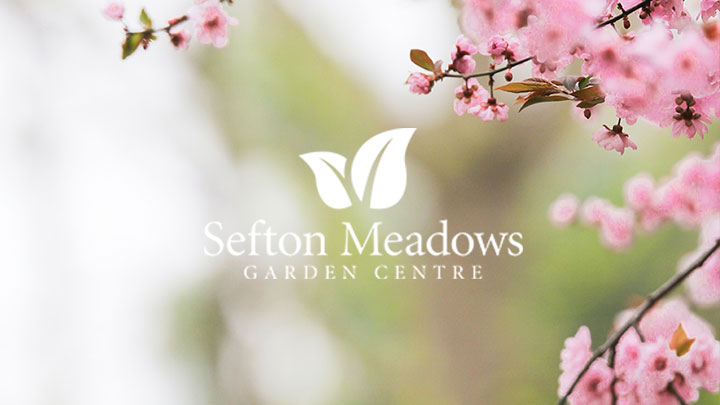Creating a bird friendly garden is quite simple if you are prepared to put in just a little bit of time and effort. Here’s what you need to do.
Feeding Birds
The first step in creating a bird friendly garden is to set up some feeding areas. Set up some feeding stations so they are approximately 2 metres away from cover to give birds a clear view of what’s happening around them while still being close to somewhere safe to retreat to.
Place hanging feeders somewhere out of the reach of cats (check out these RSPB tips on keeping birds safe from cats, too) and position a few ground-feeding trays (some birds do prefer to eat of the ground) into wide open areas where birds can keep an eye on approaching predators.
Make sure to use quality food and remove any left-overs quickly, as they may otherwise start harbouring diseases. Once you start feeding birds, make sure you keep it up on a regular basis and try to establish a regular feeding routine (preferably providing food at dawn and dusk), as birds will get used to ‘feeding time’ time their visits accordingly.
You may also want to provide a bird bath, which should be out in the open and contain water at least an inch (2.5 cm) of deep.
Bird Boxes
Put up a bird box or two (or more if you have the space) to encourage birds to return year after year. Bird boxes should be positioned in quiet parts of your garden, well away from feeding areas and at least 1.5 metres above the ground (to make occupants feel safe). Make sure the boxes are not in direct sunlight or locations where bad weather may affect them.
Once your boxes are occupied, make sure they are not disturbed/interfered with by anyone (especially excited young children). Only clean bird boxes once you are sure they are empty between October and January (as directed by the 1981 UK Countryside Act).
Plants
If you have the space, time and budget, you may also want to plant bird friendly garden plants. Native plants perfect for attracting birds to your garden by providing shelter, food and nesting places for them include, for instance:
- Holly
- Hawthorn
- Guelder Rose
- Dogwood
- Ivy
Non-native plants likely to attract birds to your garden include Cotoneaster horizontalis, Sorbus Sheerwater Seedling and Pyracantha Orange Glow; Berberis darwinii and Malus (apple tree).
Bird Watching
Finally, there is no better way to watch the birds in your garden than from a comfortable garden bench, so feel free to check out our range of stunning, extremely comfortable garden benches now.

